35 Best Picture Books About Friendship
This post may contain affiliate links.
Books about friendship make the best read alouds in both preschool and elementary school. These are the best children’s books with excellent stories of kids making friends, cooperating, resolving conflicts, and being a good friend.
Use these picture books about friendship to show the children in your lives examples of the different areas of friendship.

But probably the most important thing after reading a book about friendship is to reflect and discuss it. Talking about the story, the questions that come up, and the ah-has a child has, will help cement the new learning.
As you move through your days, talk about the lessons of the friendship stories. Ask children, “Remember when this character did that?” See how it impacts kids’ behaviors. Ask, “How can you apply what they’ve been learning?”
Books About Friendship
Table of Contents
Making a New Friend

You Will Be My Friend by Peter Brown
I love how hilarious this book is! Really seriously funny. Lucy is very enthusiastic about making friends with ANY forest critter. Her good intentions go awry, and soon Lucy is yelling at animals — “Come back here and have fun with me” and “You WILL be my friend.” Which turns out not to be a great way to make friends. Will Lucy ever make a friend?
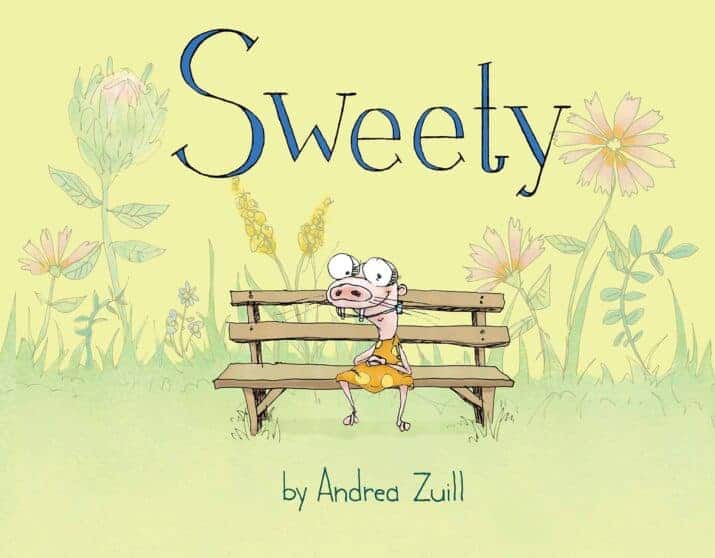
Sweety by Andrea Zuill
Sweety is a unique naked mole rat whose classmates don’t really “get.” Sweety wondered if there was a secret handshake so she could find her people. For now, she just is Sweety. And eventually, someone else who is also awesome might come along, too! (Like Sandy who seems to be just as weirdly cool as Sweety.) YAY!! This is a luminous celebration of being completely true to yourself, even if the world doesn’t get you.
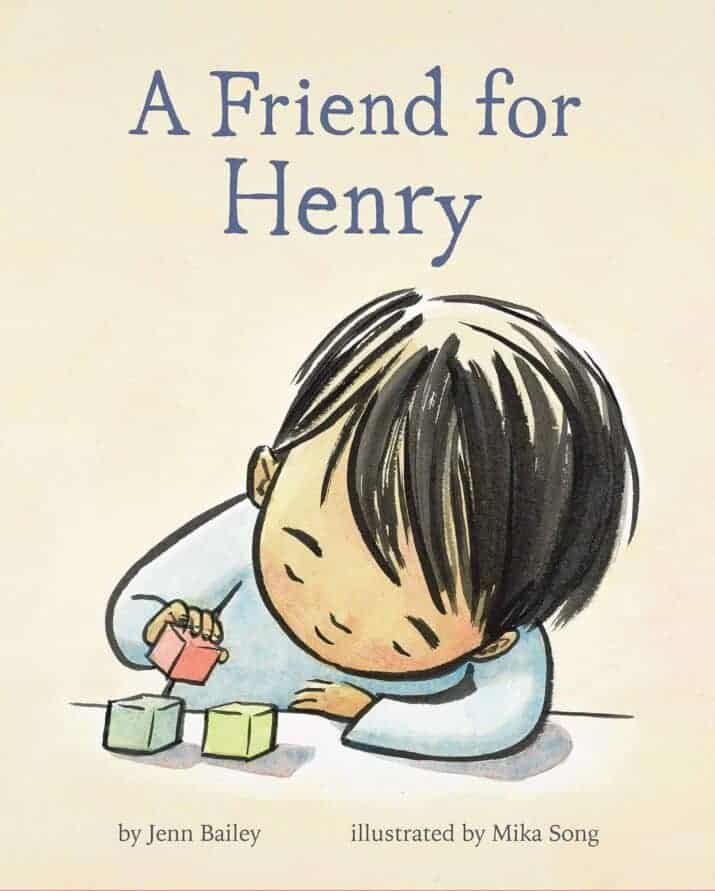
A Friend for Henry by Jenn Bailey, illustrated by Mika Song
You will fall in love with this gentle snapshot about making friends when social interactions don’t come easily. Henry hopes he will find a friend in Classroom Six. The precise text reflects Henry’s literal viewpoint, the kids around him, and his confusion at their reactions. After many friendship misunderstandings, Henry meets another child looking at the fish. “Want to play blocks?” he asks Katie. And Henry makes a friend! This is a sweet, heartfelt story that will help kids see other people’s perspectives.

Nobody Hugs a Cactus by Carter Goodrich
This prickly cactus just wants to be left alone and is annoyed by everyone else. Eventually, he realizes that he’s lonely and he wants to change his rude behavior. Maybe friends and a hug wouldn’t be so bad after all. Atmospheric illustrations and characters will transport you to the desert setting.

We Don’t Eat Our Classmates by Ryan T. Higgins
After a rough first day at school, where she eats her classmates, gets scolded by the teacher, spits them out, and doesn’t make any friends, Penelope’s dad explains that “children are the same as us on the inside. Just tastier.” HA. The next day, Penelope eats her classmates again. She just can’t stop herself! However, when the class goldfish chomps on Penelope’s finger and it HURTS, she realizes that it’s no fun to be someone else’s snack. So even when her classmates look delicious, Penelope tries to remember what it felt like…and resists eating them. Which means she has friends and playmates at school.
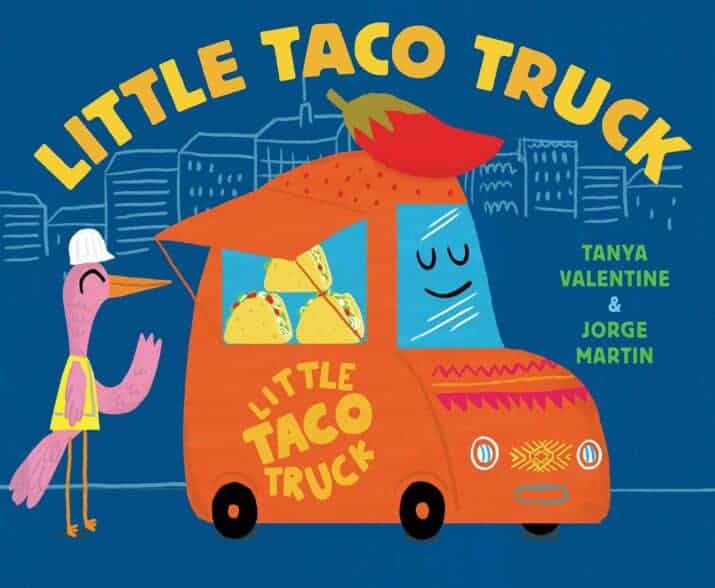
Little Taco Trucks by Tanya Valentine and Jorge Martin
Little Taco Truck used to be the only food truck but when one truck after another join him in his area, he gets upset and feels pushed out. This relatable story shows the benefits of making space for new friendships and flavors.
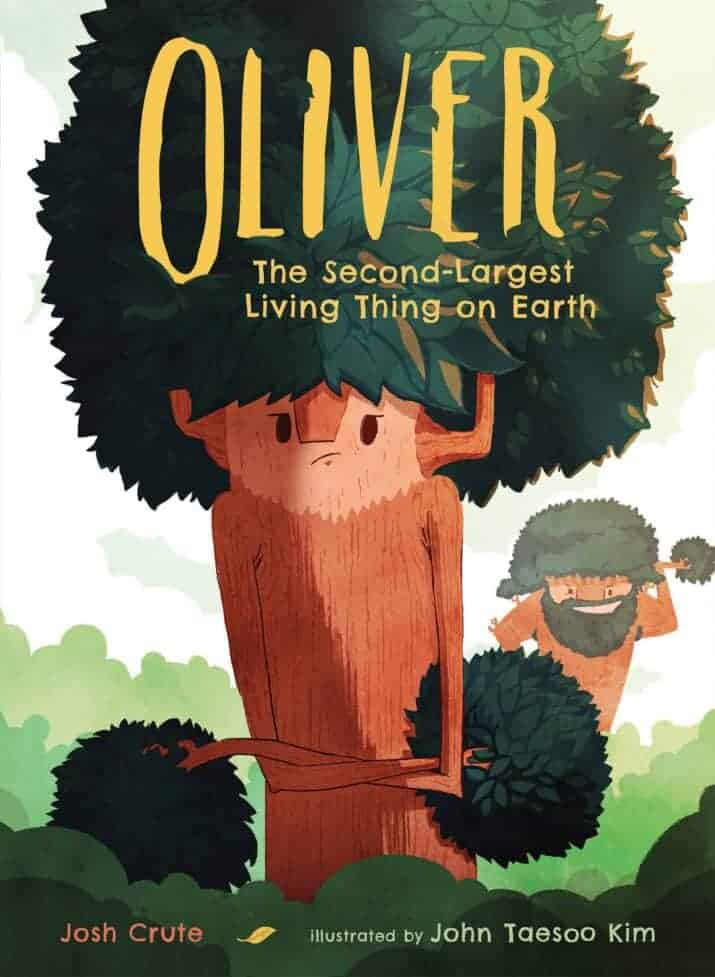
Oliver: The Second-Largest Living Thing on Earth by Josh Crute, illustrated by John Taesoo Kim
Oliver is the second largest tree on Earth but Oliver feels invisible. (“Which is surprising when you’re 268.1 feet tall.”) Oliver eventually notices the other large trees around him. It turns out that they also feel invisible. Oliver waves shyly. And he makes new friends! The expressive illustrations are a perfect balance of white space and color and characterization.
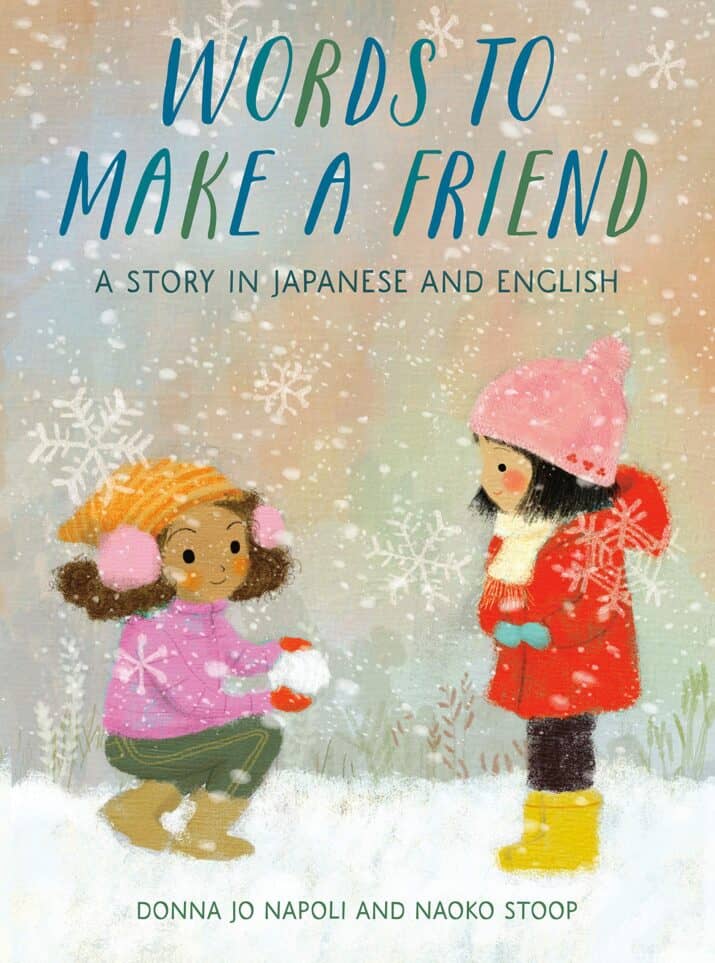
Words to Make a Friend: A Story in Japanese and English by Donna Jo Napoli and Naoko Stoop
Two girls meet in the wintery snow. They play together, trading words in their respective languages like “Let’s play!” / “Asobou“, and build bridges of friendship while making a snow Godzilla together. It’s a sweet example of how friendship can cross language barriers with play.
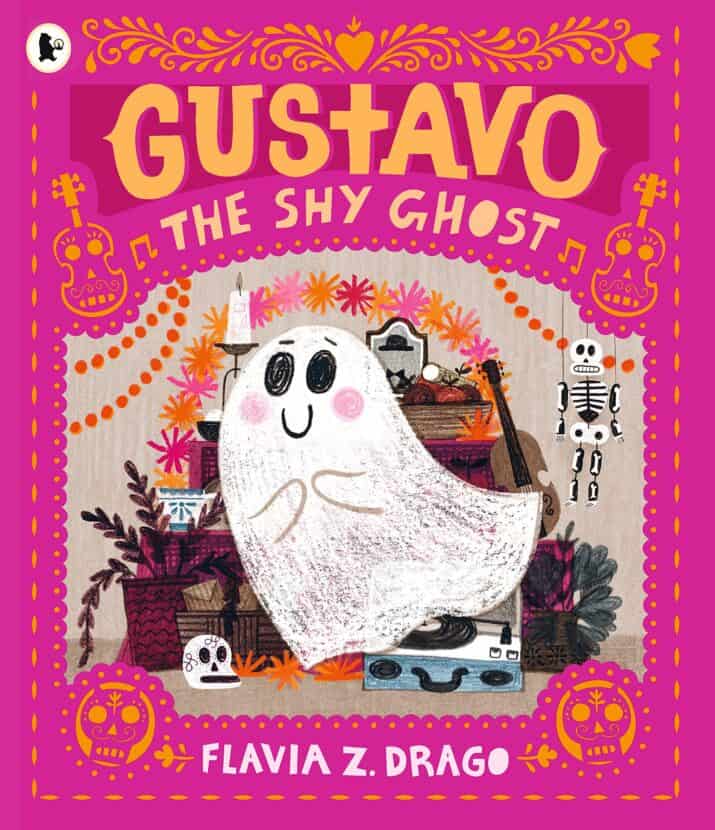
Gustavo the Shy Ghost by Flavia Z. Drago
Gustavo is a shy ghost which makes it hard to make friends. He uses his love for Day of the Dead to show the other monsters who he is which helps him make friends.
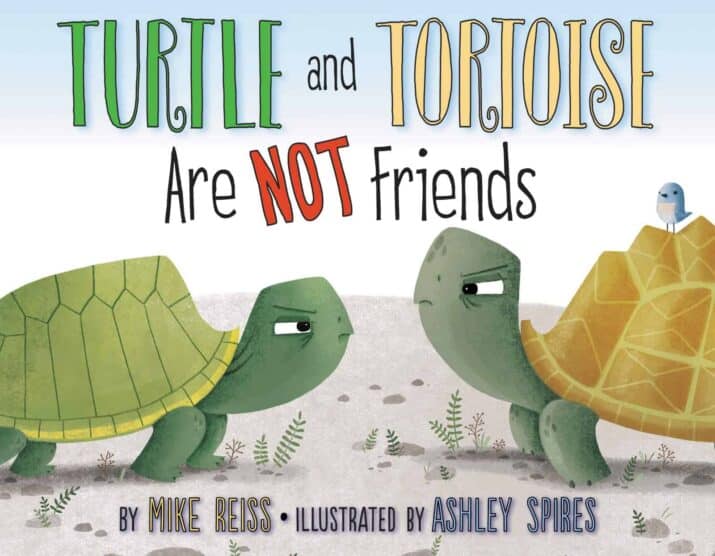
Turtle and Tortoise Are Not Friends by Mike Reiss, illustrated by Ashley Spires
The tortoise and turtle hatch and agree that they can’t be friends because they’re different even though they’re in the same pen and they each have interesting adventures. Their so-called action is hilarious because it’s so slow-moving. Like when they both try to get the ball that a kid tossed into the pen and it takes SEVEN YEARS to reach it. Eventually, these stubborn creatures learn that both are in the turtle family…and six years later, they decide to be friends.
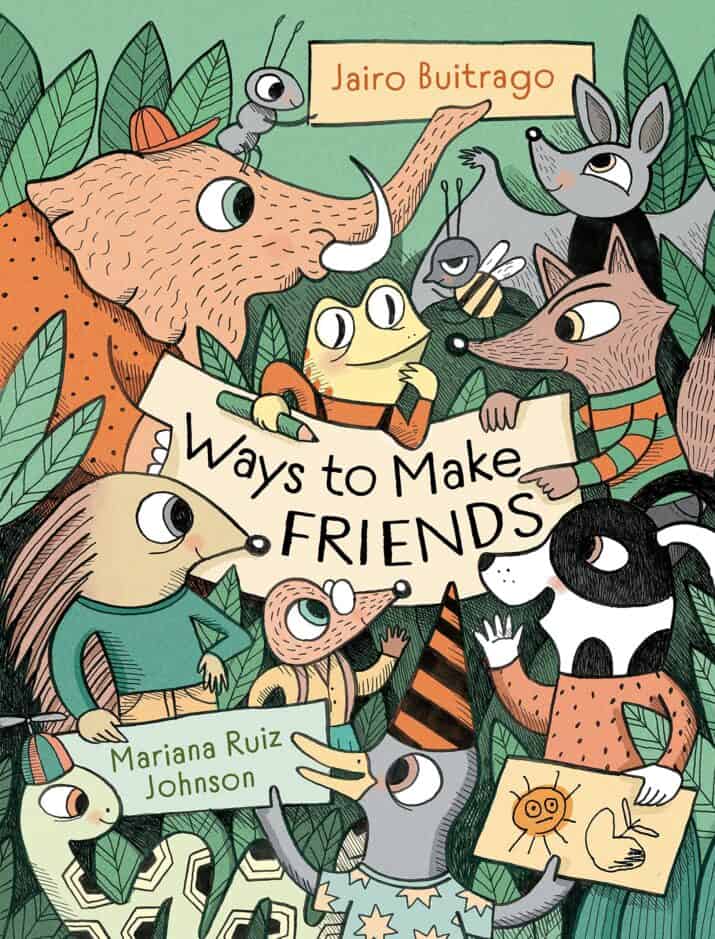
Ways to Make Friends by Jairo Buitrago, illustrated by Mariana Ruiz Johnson
Sweet and funny with both helpful and quirky advice, the book’s gentle message is kindness toward others with some fun twists, as well as learning how to be your own best friend, too. I adore this picture book–both the story and the gorgeous illustrations.
How to Be a Good Friend
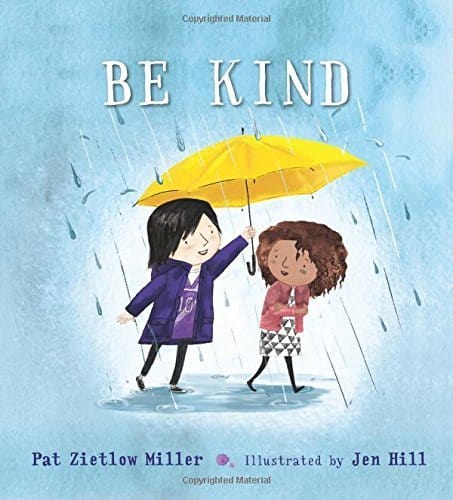
Be Kind by Pat Zietlow Miller, illustrated by Jen Hill
A little girl ponders one of life’s big questions: what is kindness? She wants to show kindness to Tanisha, who spilled grape juice on her dress and seems embarrassed. The little girl brainstorms ideas about being kind to other people in her life, then finds a sweet way to show Tanisha that she is not alone and that she has a friend. The girl finds concrete ideas of kindness in action — using people’s names, sticking up for someone, listening, putting dirty dishes in the sink, and so on.
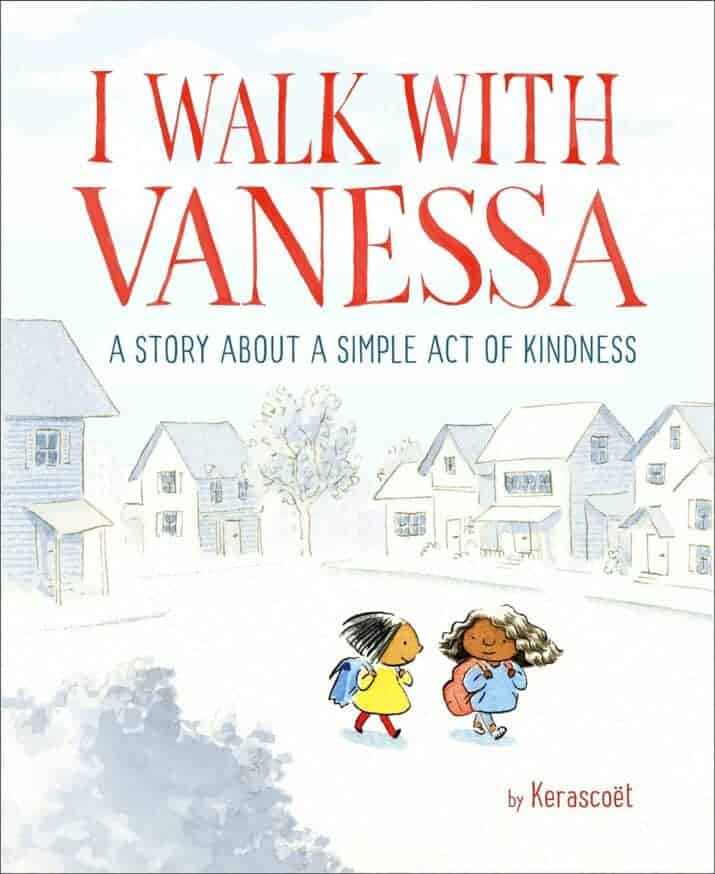
I Walk with Vanessa: A Story About a Simple Act of Kindness by Kerascoët
When a classmate is being bullied, what can you do? This wordless picture book shows that sometimes it’s about showing someone they are not alone. You can do what this girl does: show kindness and walk home with a lonely, hurting person.
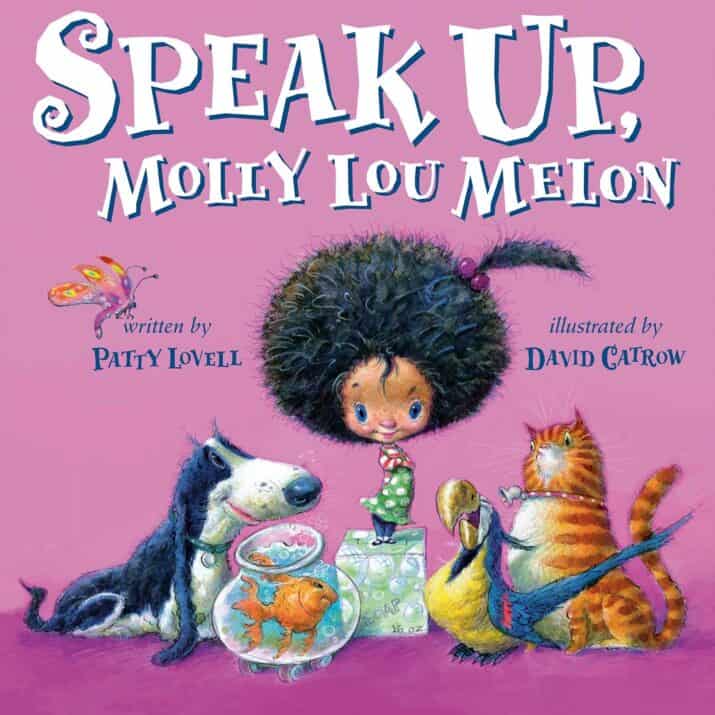
Speak Up, Molly Lou Melon by Patty Lovell, illustrated by David Catrow
Molly Lou Melon IS THE BEST! She’s responsible, loving, kind, tells the truth, and speaks up for what’s right, like stopping a classmate who teases a new student. The illustrations are absolutely perfect and filled with tons of nuanced details that add depth and humor to the story.
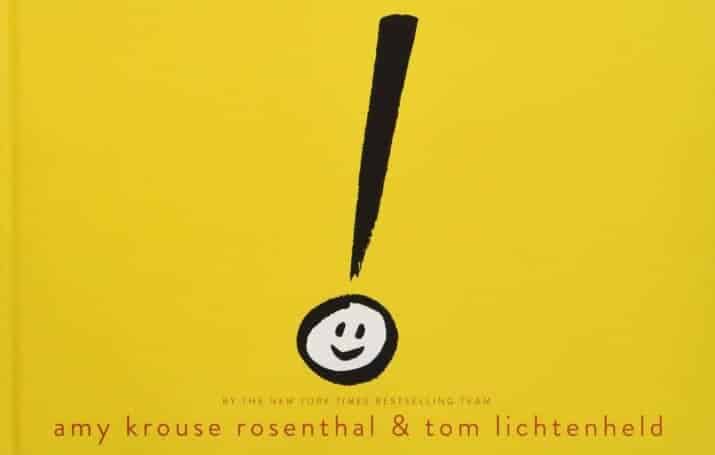
Exclamation Mark by Amy Krouse Rosenthal
It’s not easy when you’re not like everyone else. Sometimes when this happens, we squish ourselves to fit in. We shrink. Twist. Bend. Until–! — a friend shows us a way of being with endless possibilities. In this bold and highly visual book, an emphatic but misplaced exclamation mark learns that being different can be very exciting! Period.

Leo a Ghost Story by Mac Barnett, illustrations by Christian Robinson
In this ghost story, Leo is a good friend to Jane. Together they play Knights of the Round Table. When Leo helps save the family from robbers, he tells Jane that he’s a ghost, hoping she won’t be afraid. She isn’t. It’s his friendship that is most important, not what he is. It’s such a sweet friendship story.

Wordy Birdy by Tammi Sauer, illustrated by Dave Mottram
Wordy Birdy is an enthusiastic bird who talks non-stop. She talks so much that she misses her friends’ warnings about the danger ahead. Although the story is explicitly attempting to show kids the importance of listening with a fairly predictable scenario, I still like the book because Wordy Birdy is such a lovable character whose friends accept her just the way she is. Plus, the illustrations and word bubble dialogue are enchanting.
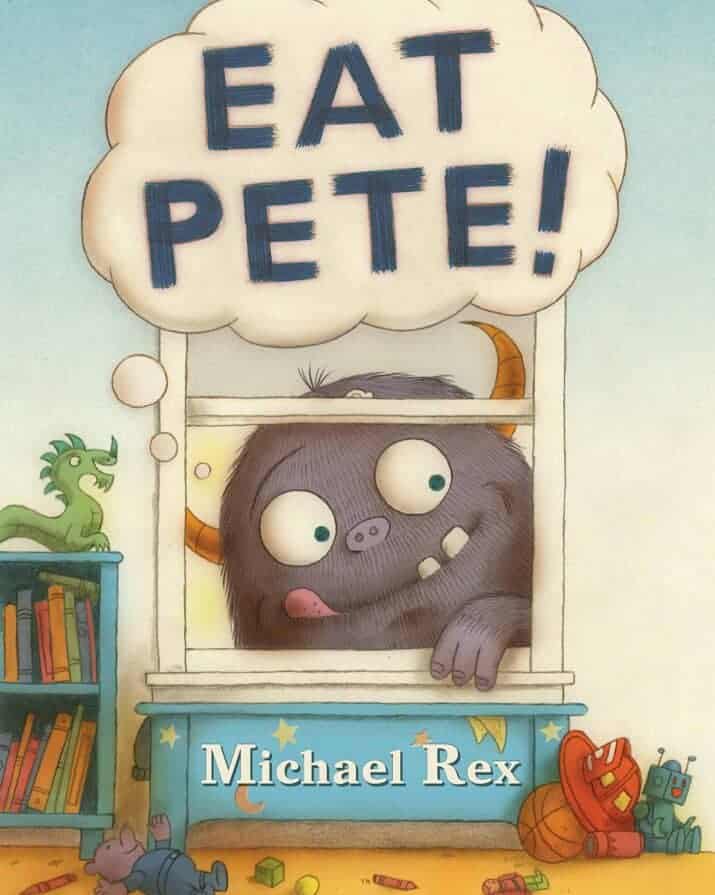
Eat Pete! by Michael Rex
When the boy named Pete invites the monster to play, the monster wants to eat Pete but instead, he plays trucks and pirates. Until he can’t resist and eats Pete. But playing alone without Pete isn’t as much fun. What will the monster do now? Because friends make everything more fun.
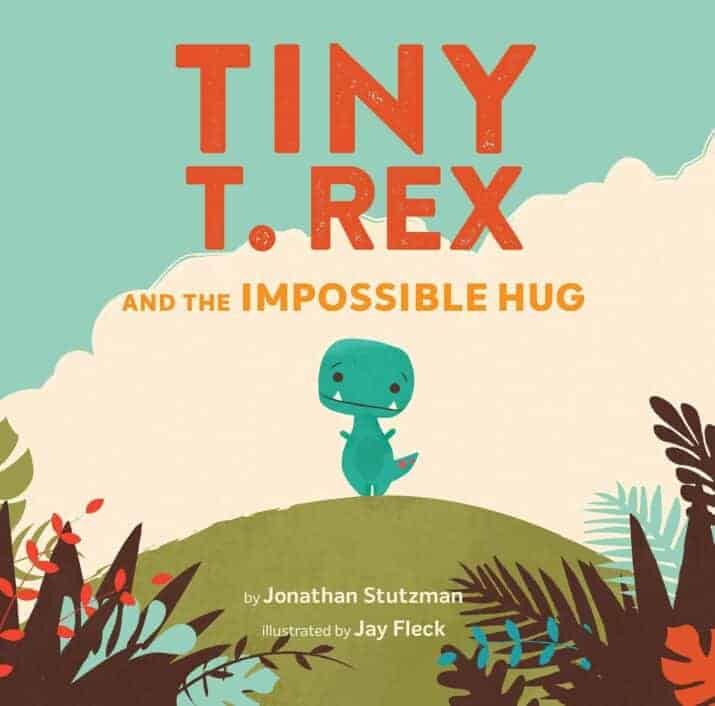
Tiny T. Rex and the Impossible Hug by Jonathan Stutzman, illustrated by Jay Fleck
How do you make a sad friend feel better? Hugs! Tiny T. Rex wants to give his friend a hug. But how do you give hug when you have tiny arms? Tiny asks his family for their advice. It turns out that trial and error, persistence, and hard work will help Tiny T.Rex solve his hug conundrum. You’ll love this sweet demonstration of friendship as well as the determination of the main character and the delightful solution.
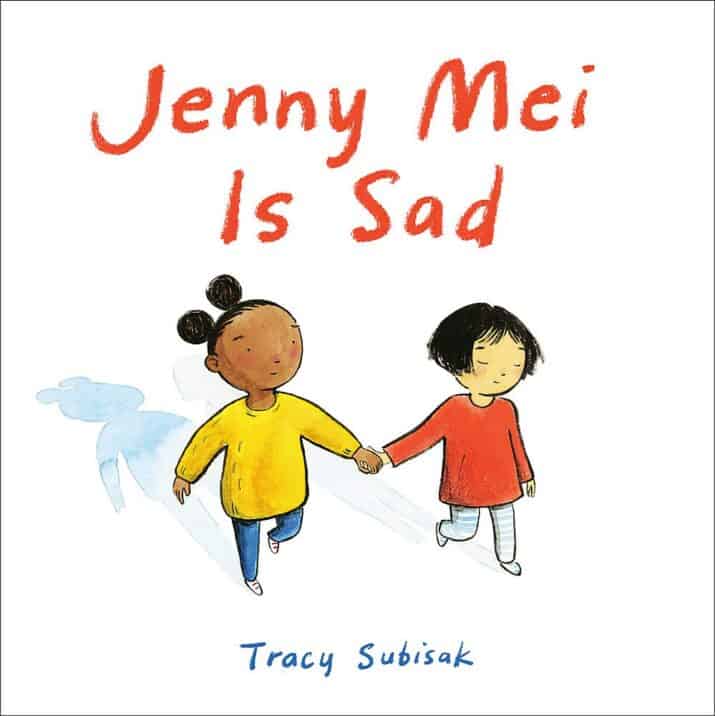
Jenny Mei Is Sad by Tracy Subisak
Narrated by Jenny Mei’s friend, we learn that Jenny Mei is sad, but she doesn’t always show it. Sometimes she smiles and sometimes she rips things, and sometimes she is quiet. And it’s ok. Her friend is always there for “fun and not-fun and everything in between.” This kindergarten book shows the importance of accepting a friend’s feelings and behaviors without judgment or trying to fix things.

Strictly No Elephants by Lisa Mantchev, illustrated by Taeeun Yoo
When the Pet Club won’t permit elephants, the boy leaves sadly. However, he soon meets a girl with a skunk and other friends with unusual pets. Together they make an inclusive location for all in a wonderful tree house! What a great book to teach about inclusion and acceptance.
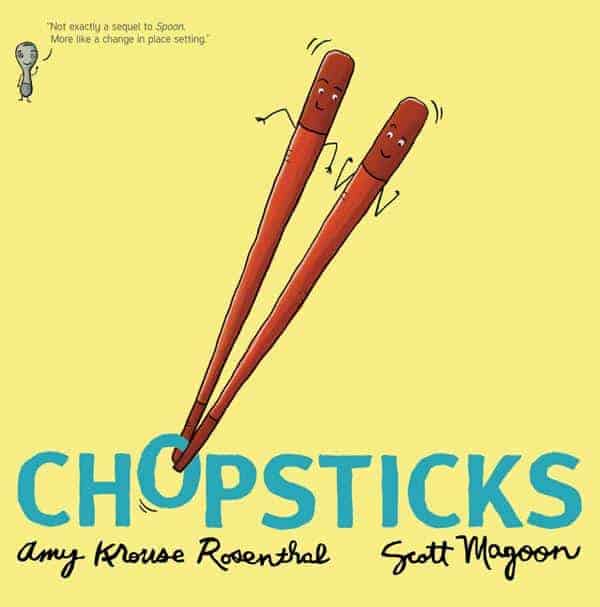
Chopsticks by Amy Krouse Rosenthal
Chopsticks are always together. But when one chopstick gets injured, he encourages his partner chopstick to go and explore the world alone. Use this metaphorical book to help children learn about friendships. It shows that friends, even when apart, can still be friends – stronger, even. Plus, it’s a punny, funny story.
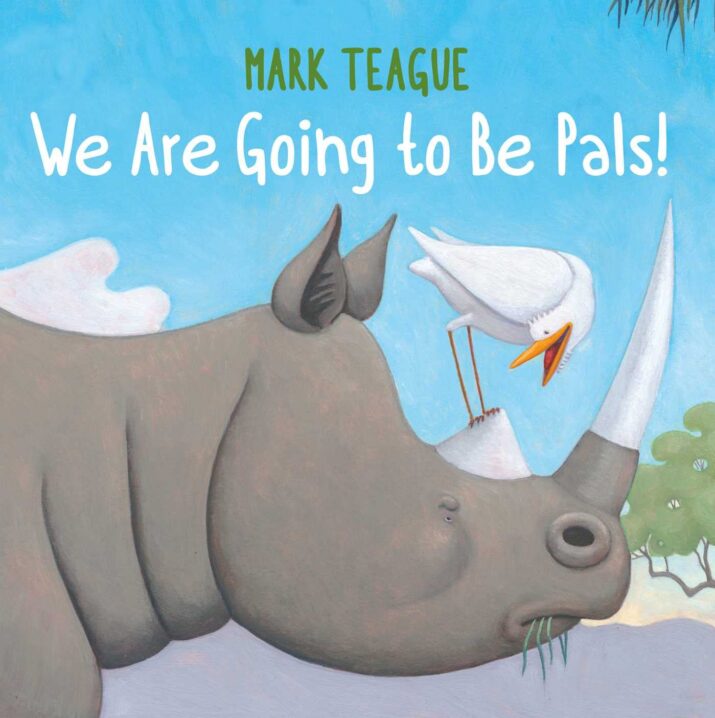
We Are Going to Be Pals! by Mark Teague
In the African savanna, a talkative (dare I say know-it-all) egret (bird) tells the rhino that they have a symbiotic relationship AND that they are meant to be best friends. And the bird explains everything there is to know about friendship and life. But when the bird gets stuck in quicksand, will her quiet, new best friend help get Egret unstuck?
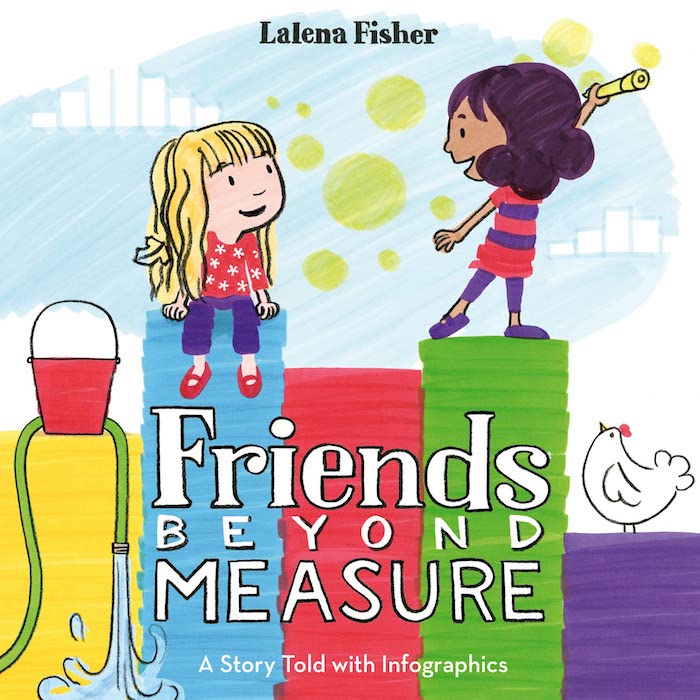
Friends Beyond Measure: A Story Told with Infographics by Lalena Fisher
Ana and Harwin are the best of friends. They have adventures, disagreements, agreements, and silly fun. But when one friend is moving away, the other friend feels lots of feelings. They plan this year and the next year to stay friends and be in touch. The warm-hearted story is illustrated with amazing infographics, including a line graph, charts, maps, a Venn diagram, and other infographics that add so much extra playfulness and learning to the story. I love it.
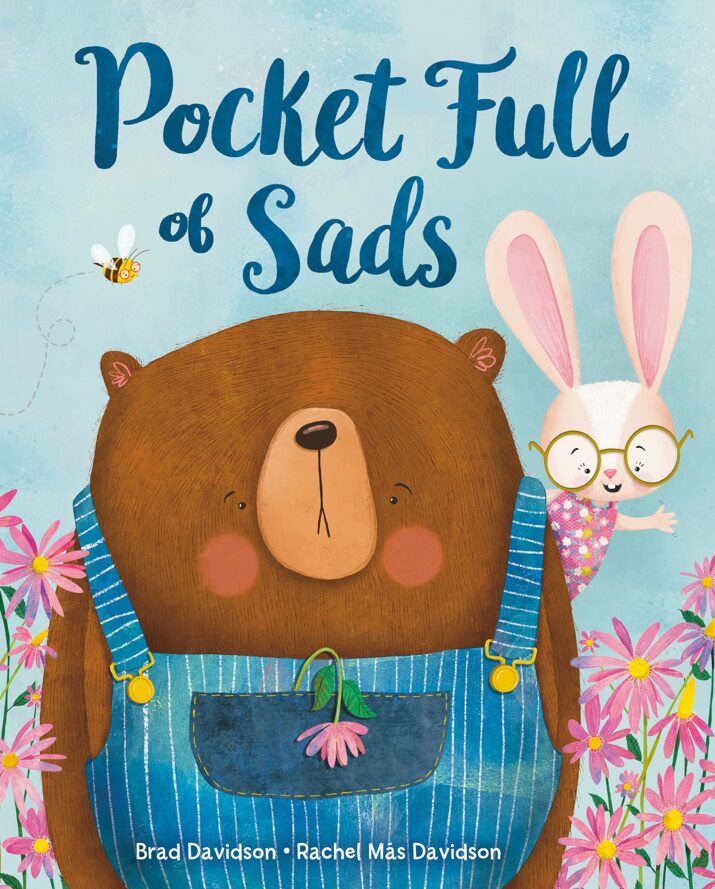
Pocket Full of Sads by Brad Davidson, illustrated by Rachel Mas Davidson
I love this book because it shows that feelings like sadness are OKAY and don’t need to be FIXED. In this tender story of friendship and feelings, Bear feels sad, a heavy kind of sad. Rabbit tries to fix Bear with jokes, happy thoughts, and five steps from an internet article. It doesn’t work, and they don’t go fishing. But they do sit together quietly. And THAT is what makes Bear feel better. Having his friend close without trying to fix him!!!

I Forgive Alex A Simple Story About Understanding by Kerascoet
Wordless with beautiful illustrations, this story tells about the time at recess when Alex’s ball hit his classmate’s pictures, and they fell in a puddle. Everyone seems mad at Alex, but eventually, the boy to whom the drawings belong shakes Alex’s hand and forgives him.
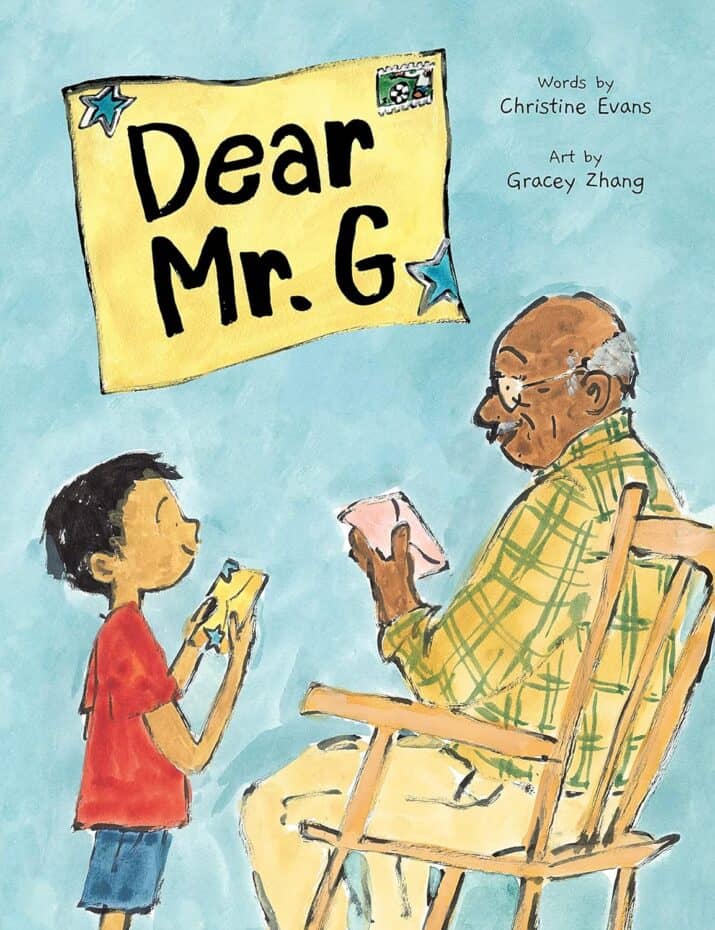
Dear Mr. G written by Christine Evans, illustrated by Gracey Zhang
Jackson accidentally kicks his soccer ball into Mr. G’s rose bush. So he write an apology letter. And he gets a letter in return. And learns about Mr. G through their letters back and forth. When Mr. G leaves, Jackson promises to care for his rose bush. And when Mr. G dies, Jackson memorializes him in the sweetest of endings. This is a story of kindness, friendship, and grief that might make you cry.
Sharing and Cooperation
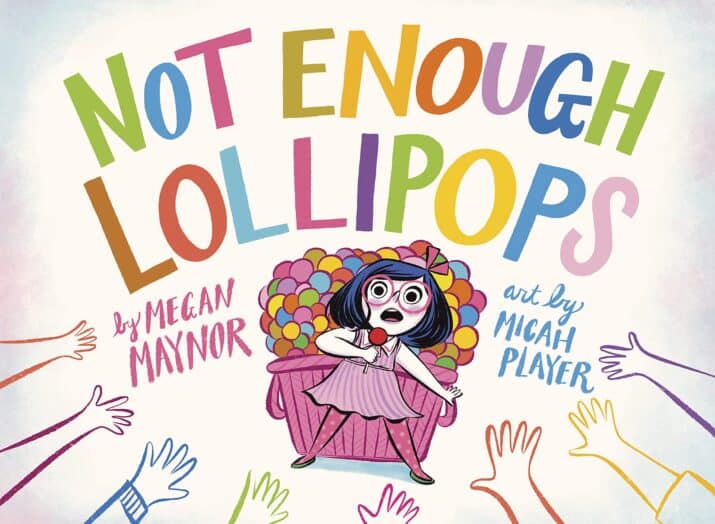
Not Enough Lollipops by Megan Maynor, illustrated by Micah Player
A powerful allegory story about sharing and human nature. After Alice wins a huge basket of lollipops, she’s happy to share, but the other kids begin to fight over the sweet treats — bribing, begging, pleading, and disparaging — until Alice reassures them that there are (hopefully) enough to share with everyone. The kids line up to each get one lollipop, and their previous rude behavior softens to kindness and consideration for each other
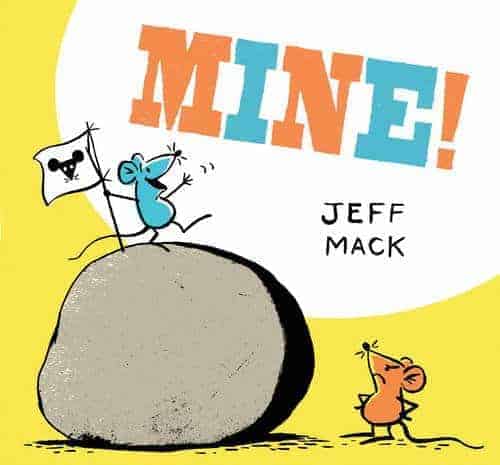
Mine! by Jeff Mack
Two mice each want the large rock — but first, they must get rid of the other mouse. Told in hilarious illustrations and only the word “mine,” you’ll crack up at the story and surprise ending.
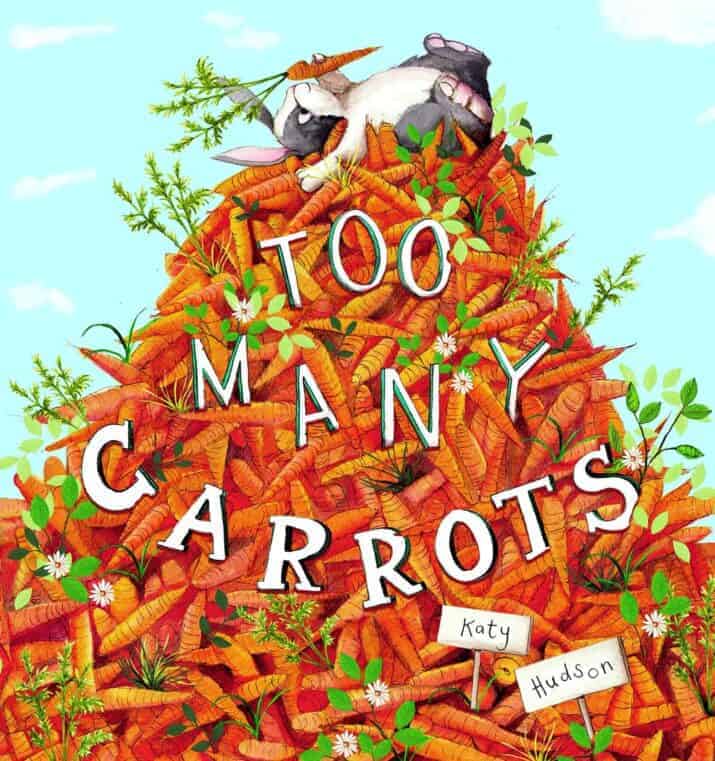
Too Many Carrots by Katy Hudson
Another winning picture book from the talented Katy Hudson! Rabbit has a problem — his carrot collection is overflowing his burrow, and he can’t fit there anymore. His animal friends offer their homes but he and his carrots destroy everyone’s houses. The only thing to do? Share all his carrots with his friends.
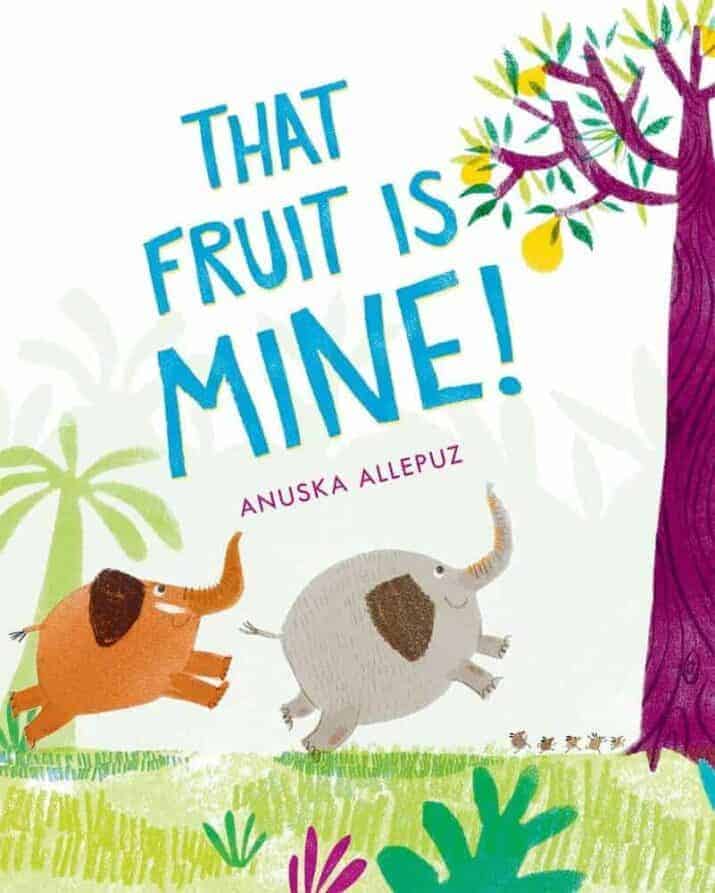
That Fruit Is Mine! by Anuska Allepuz
This is a charming story about learning to share. You’ll crack up watching the elephants’ many failed attempts to get the delicious-looking fruit off the tree while simultaneously a tiny group of mice work together to get the yummy fruit, too. Which they do! When the elephants see what the mice have accomplished, they love the idea of teamwork and try again.
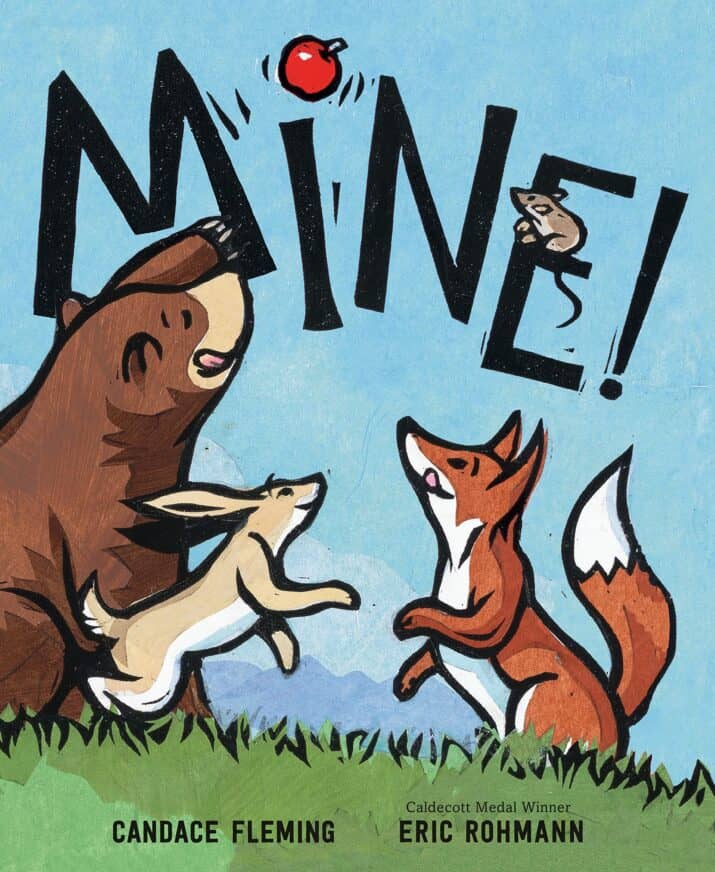
Mine written by Candace Fleming, illustrated by Eric Rohmann
When a shiny red apple appears on the tree, one animal after another waits for the juicy fruit to be theirs. Rhyming text, vivid verbs, and the animals’ inner dialogues have us on the edge of our seats about what will happen when the wind blows the apple down, down, down. They all dog-pile fight over while the apple rolls gently away to a new animal…who shares it with a friend! You’ll applaud this just ending and laugh at the silliness of the selfish fighters. As you can see from the cover, Eric Rohmann’s printmaking illustrations are bold, graphic, and visually striking. In other words, perfect.
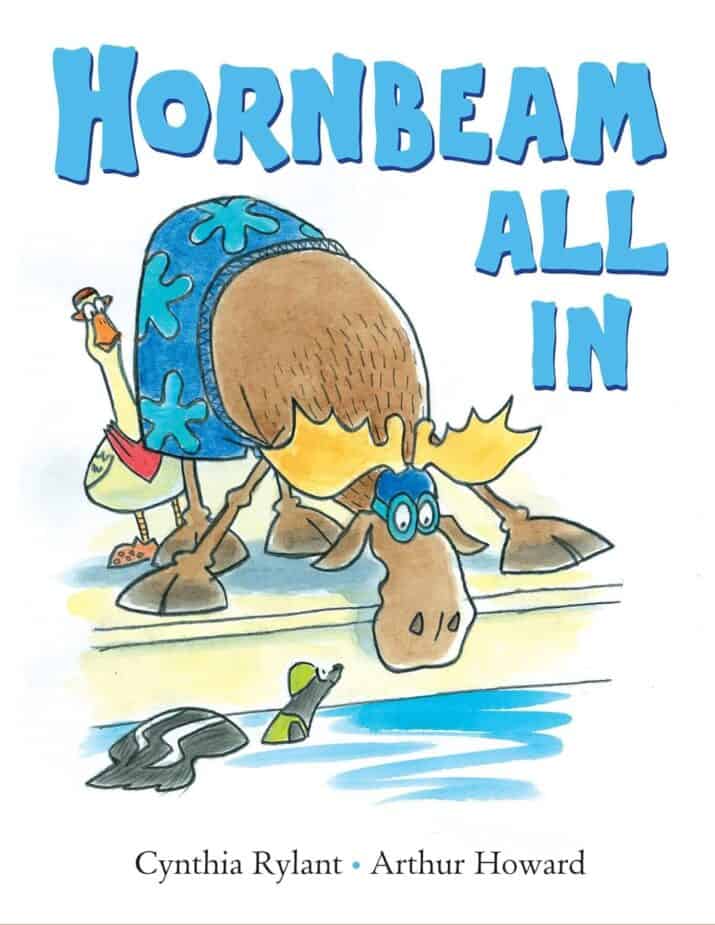
Hornbeam All In written by Cynthia Rylant, illustrated by Arthur Howard
This picture book reminds me of George and Martha with its three friendship stories in one book with a charming moose named Hornbeam with his friends. Humor and sweetness abound in these stories of a picnic, a snoring sleepover, and swimming lessons.
Conflict & Resolution

How to Apologize by David LaRochelle, illustrated by Mike Wohnoutka
Use this gentle, instructive guidebook to teach children about apologizing. It talks about how hard it can be but that it’s important because it makes both you and the other person feel better. It gives readers examples of what not to do (don’t make excuses) and what to do (be sincere). The examples show animals acting out apologies and because most of them aren’t good apologies and end up being quite funny. (One not-sincere example is, “Mom told me I had to apologize for putting your doll in the fishbowl or I can’t go outside and play baseball. So I’m sorry.“) Excellent.
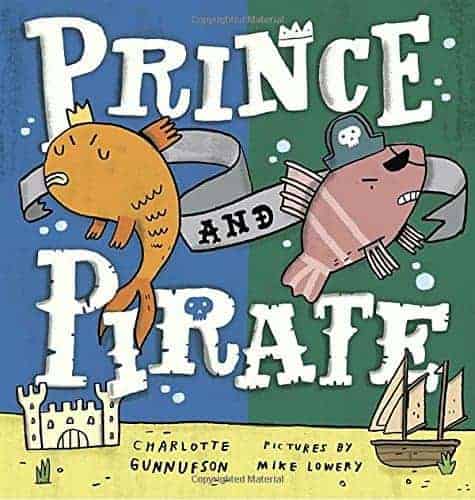
Prince and Pirate by Charlotte Gunnufson, illustrated by Mike Lowery
Prince and Pirate are two unique fish that live in their own fish bowls. Until one day. That is the day they are moved to a tank together! They do not get along. AT ALL. They name-call and pester each other up until they decide to help the new arrival, a small, scared dogfish. You’ll love the bright illustrations, hilarious dialogue, and strong personalities of Pirate and Prince.
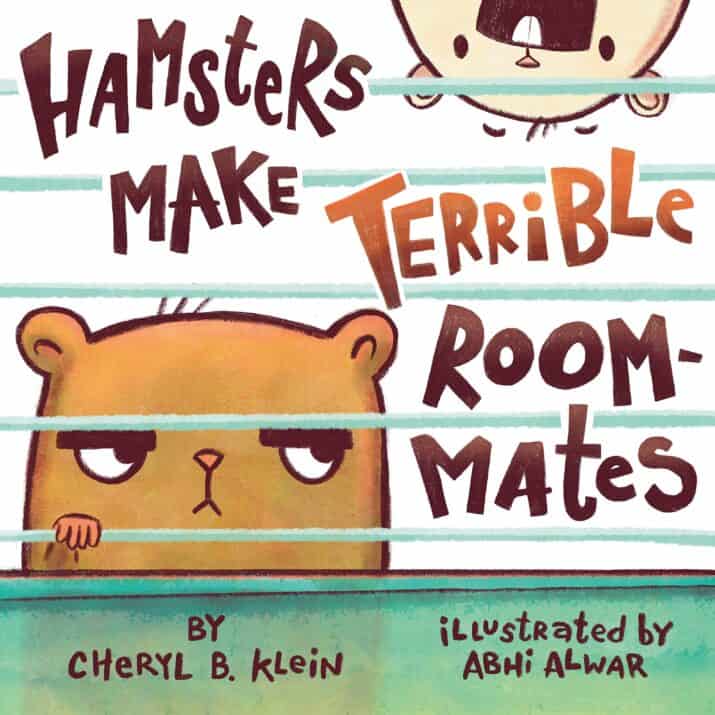
Hamsters Make Terrible Roommates by Cheryl B. Klein, illustrated by Abhi Alwar
A story of friendship, conflict, repair, and compromise…These two roommate hamsters are opposites. Henry is talkative and it’s irritating Marvin and he blows up and yells at Henry. After time to cool off, Marvin apologizes, and Henry forgives him. They find a compromise that will work for both of their personalities.
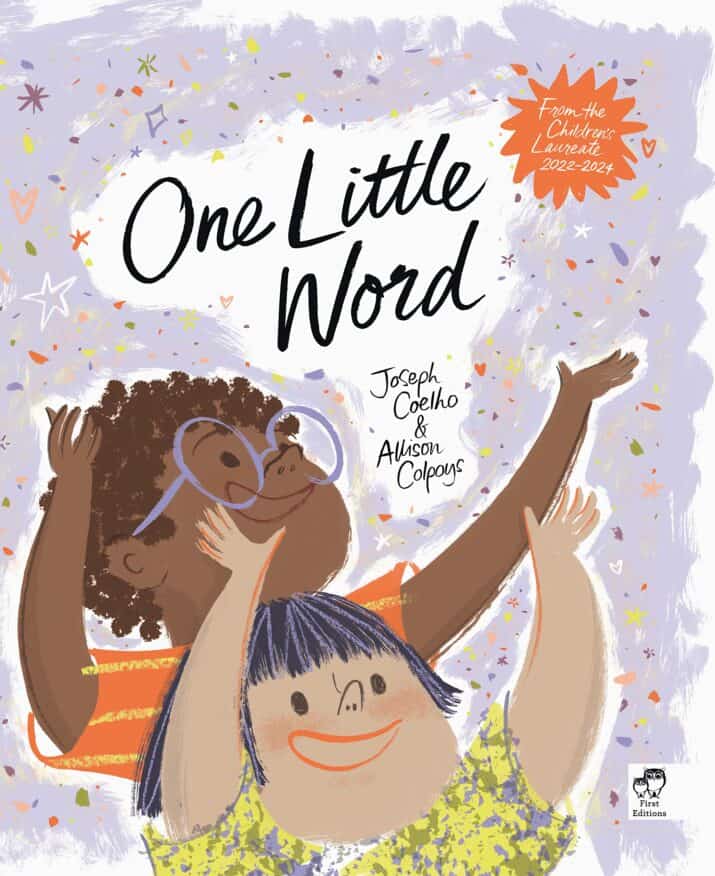
One LIttle Word written by Joseph Coelho, illustrated by Allison Colpoys
The big personified ARGUMENT monster sits in the middle of the narrator and her best friend. The friends play apart. The Argument grows bigger with scales and spikes until one friend pushes the other. Tears start gushing out, and so does a little tiny little word: “Sorry”. The Sorries wiggle and dance; their light shines on The Argument, making it shrink and disappear. Then, the friends give each other the best hug ever.
Ending of a Friendship
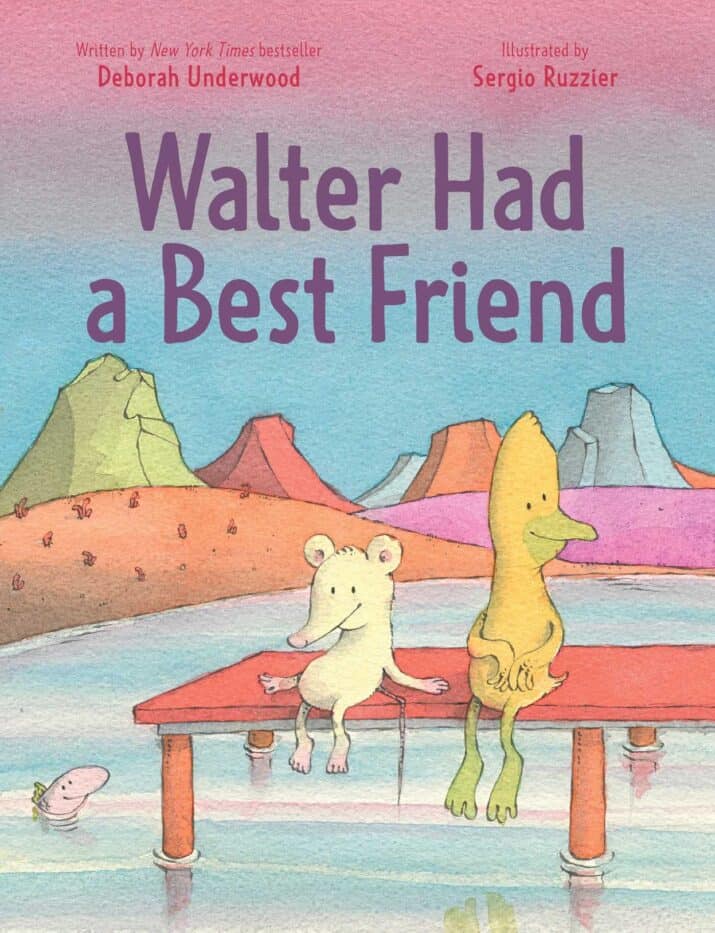
Walter Had a Best Friend by Deborah Underwood, illustrated by Sergio Ruzzier
Walter has a best friend named Xavier. Until he doesn’t. This makes Walter’s world change. And he stops doing the things he used to do with his friend. After time alone, he decides to do something he likes and take a hike by himself. On a new trail, Walter meets a badger named Ollie, leaving us with a glimpse of a hopeful new beginning.

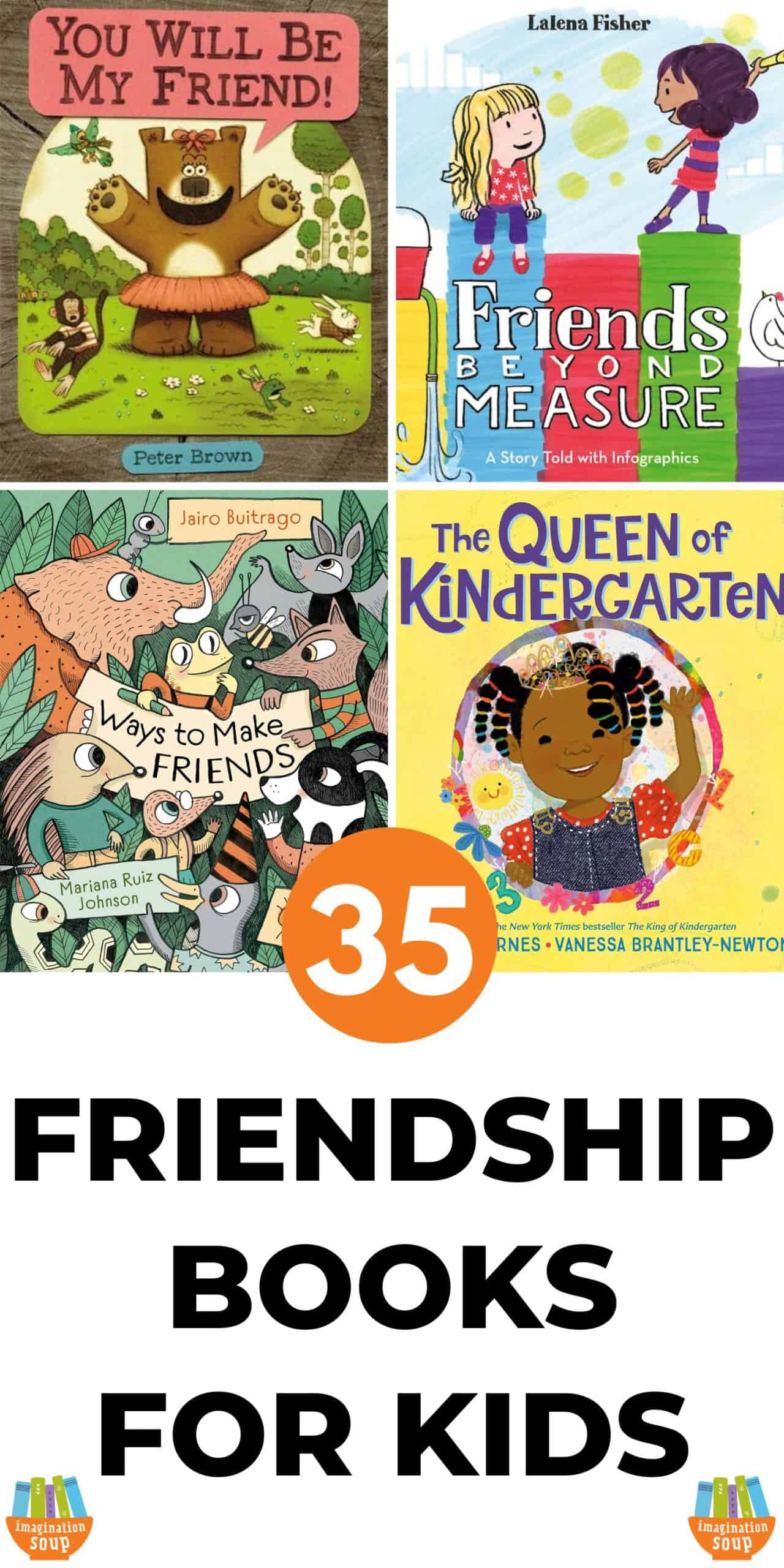
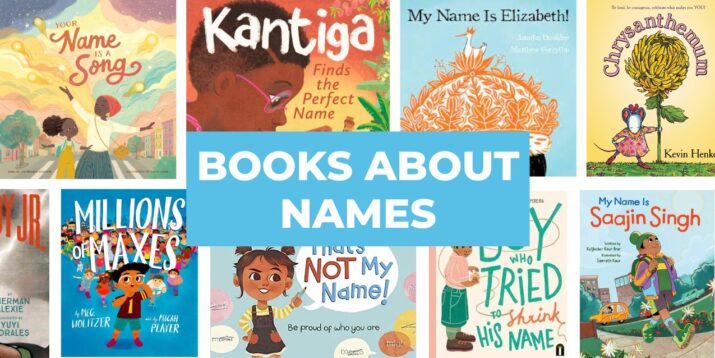
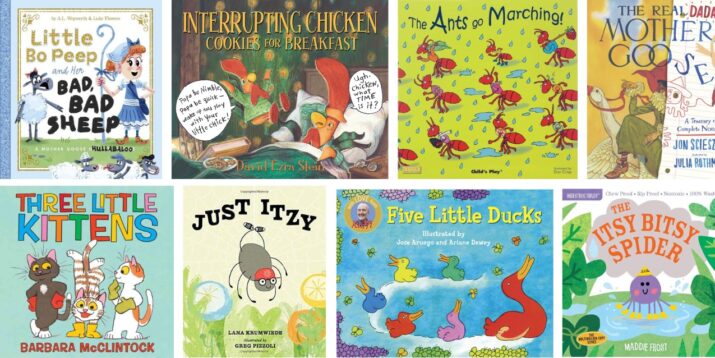
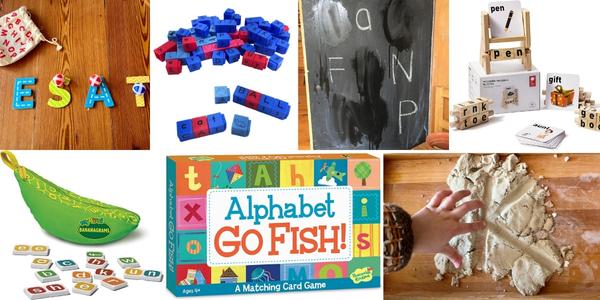
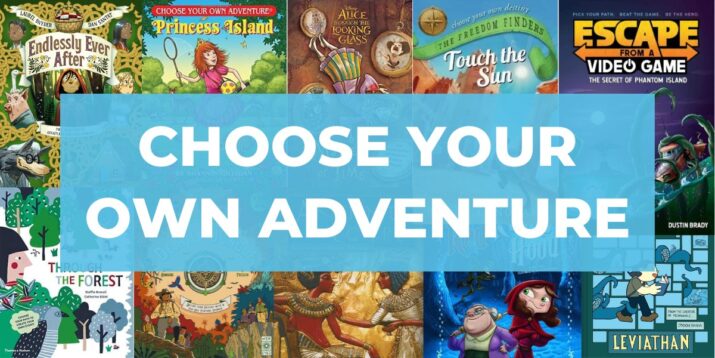
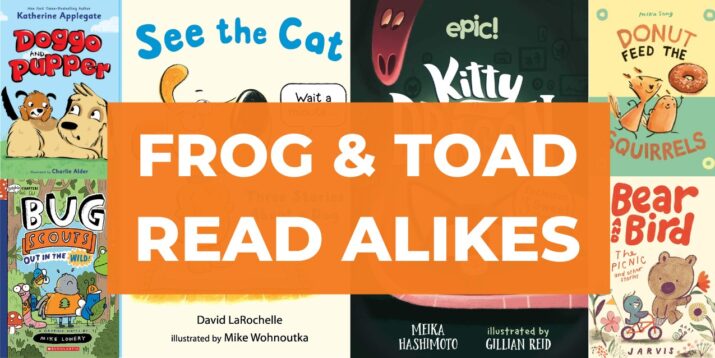
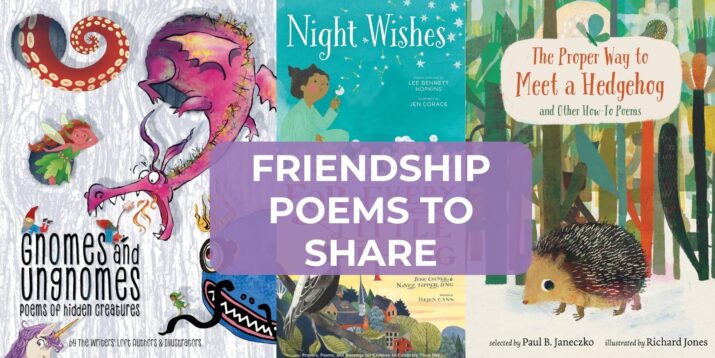
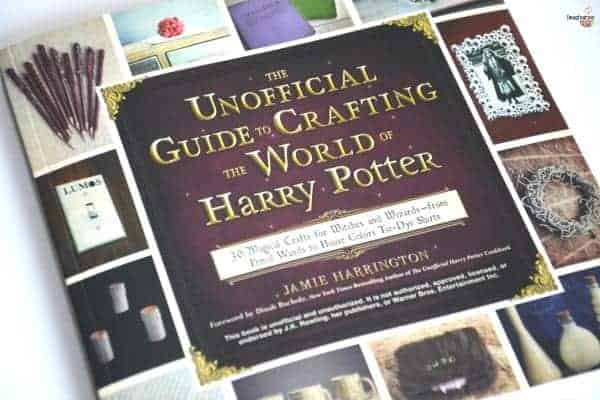
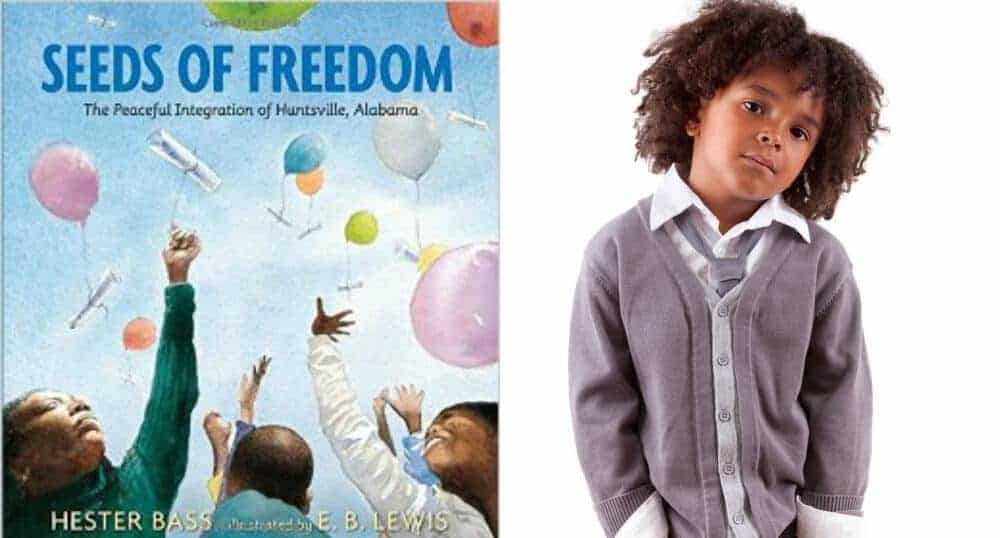
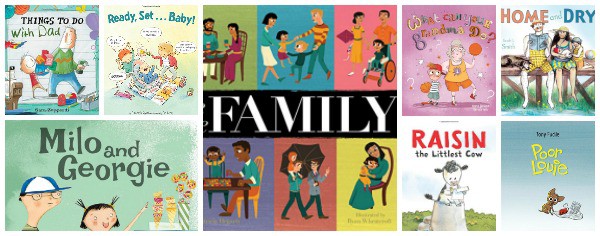
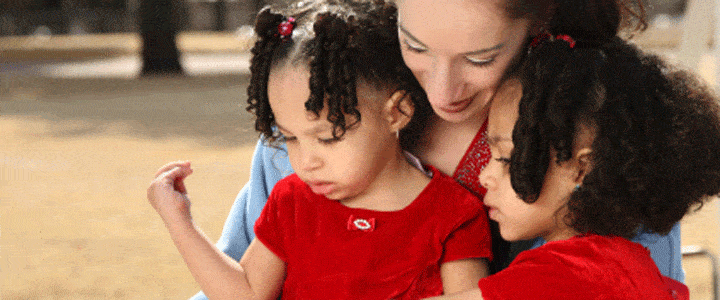
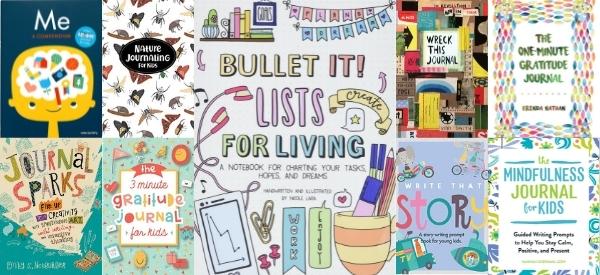

As a librarian I LOVE and trust your brilliant book choices. You are my first go-to for new purchases! Thanks for working hard so I don’t have to! (At least on book selection :). Also you really should check out Apryl Stott’s books and add them to your SEL suggestions. They are brilliant and don’t shove the topic down your throat, which some SEL books do. Fantastic art mixed with strong classroom connections!
Thank you, Jami! That makes my day!
And thanks for the recommendation. I’m going to run to my library’s website and search for her books right now!